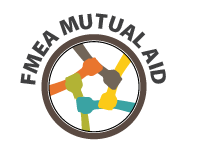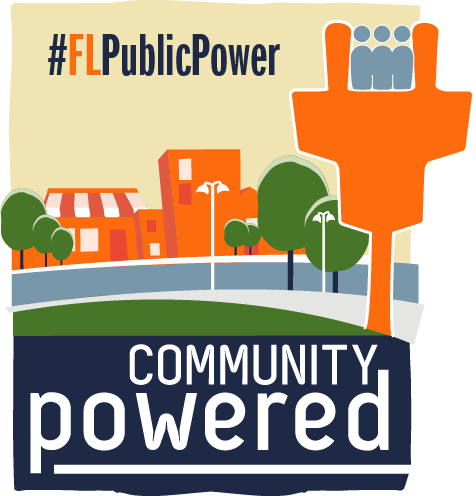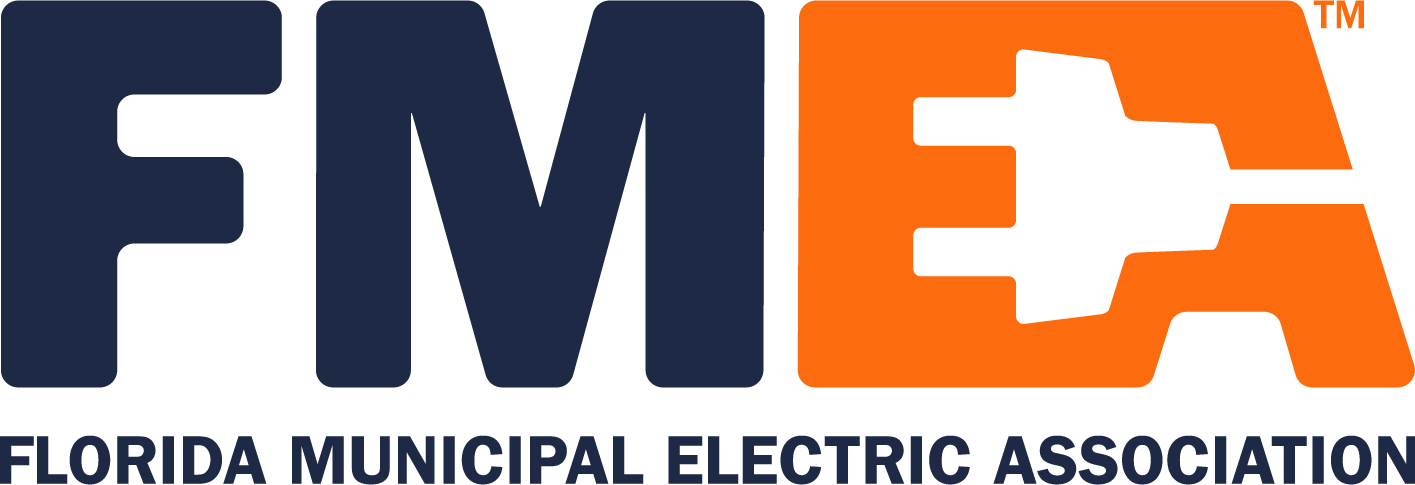Public Power Utilities Work Together in Wake of Tornadoes
 In the wake of tornadoes that hit Alabama, Georgia and Florida over the first weekend in March, public power utilities in the region rolled up their sleeves and helped one another with power restoration efforts, marking the latest example of how public power utilities lean on each other through mutual aid assistance.
In the wake of tornadoes that hit Alabama, Georgia and Florida over the first weekend in March, public power utilities in the region rolled up their sleeves and helped one another with power restoration efforts, marking the latest example of how public power utilities lean on each other through mutual aid assistance.
Florida
Amy Zubaly, Executive Director of the Florida Municipal Electric Association, noted on March 6 that strong storms ripped through North Florida, as well as Alabama and Georgia, on the night of Sunday, March 3, prompting multiple tornado warnings for the same five Florida public power communities that were hit by Hurricane Michael.
Zubaly said that just east of the City of Tallahassee’s electric service area, an EF-3 tornado was confirmed to have touched down, damaging several homes and electric infrastructure, but most of that damage was in the service territory of Talquin Electric Cooperative.
When asked whether any public power mutual aid crews went to help assist Talquin Electric Cooperative with restoration efforts, Zubaly said that Talquin did not make any mutual aid requests.
She said that Tallahassee had strong winds that brought down trees and limbs onto power lines, with about 1,100 customers out at peak.
The City of Quincy, Fla., had confirmation of an EF-1 tornado touching down in its service territory, with wind speeds around 100 mph, Zubaly said in an email.
Out of Quincy’s 4,700 customers, power was knocked out to about 1,500. There were several broken poles, damage to a substation, and several homes, but no one was injured.
“Thankfully, Tallahassee was able to get their system fully restored late Sunday night, and were then able to send a few crews (about 11 personnel) over to Quincy first thing Monday morning,” Zubaly said in the email. Quincy is only about 35 miles west of Tallahassee.
Quincy’s electric staff had worked throughout the night to get power restored as quickly as they could once the storms passed.
Zubaly noted that she spoke to the electric director in Quincy early Monday morning and relayed the city’s mutual aid need immediately to Tallahassee.
“Tallahassee was able to step in and provide them some much needed relief almost immediately after the call Monday,” she said in the email, adding that by days end Monday, Quincy’s last main circuit line was back in service and power restored to their customers.
Georgia
Meanwhile, Georgia was also hit by severe weather including tornadoes on March 3.
Included among the cities hit by a tornado was the public power city of Cairo, Ga. Jon Beasley, Director of Training and Safety at Electric Cities of Georgia, said that the tornado that hit Cairo hit mainly downtown and initially the city was nearly a 100% out with 30-40 broken poles. As of the morning of March 7, Cairo was 99% back up in terms of power restoration.
Beasley said that Electric Cities of Georgia coordinated with the following six public power cities in Georgia to provide mutual aid assistance to Cairo: Thomasville, Moultrie, Blakely, Albany, Adel and Fitzgerald.
On its Facebook page, the City of Moultrie said it responded to Cairo's need by sending three linemen to assist in utility restoration efforts. “In a time of need, we help,” said City of Moultrie Utilities Director Elvira Gibson. “The City of Moultrie has a mutual aid agreement through ECG that in a time of need, we will help and respond,” she said.
Beasley said that while other public power communities in Georgia were hit by severe storms, there were no significant outages.
Alabama
Jonathan Hand, Executive Director for Electric Cities of Alabama (ECA), said in a March 7 email that the recent the storms primarily impacted more rural areas in Alabama just outside the service areas of ECA member utilities.
Hand said that ECA utilities reported very minor outages and ECA did not receive any requests for mutual aid. There were a number of ECA member utilities that offered mutual aid if needed but none were requested, he said.
Hand said that ECA also worked within the American Public Power Association’s Mutual Aid framework in coordinating the event as a local state event, but ECA also heard from neighboring states offering support in the recovery efforts.
Zubaly, Beasley and Hand serve as network coordinators
One of the most important elements of the Association’s mutual aid program is the Mutual Aid Playbook. The playbook is segmented into the nation’s ten public power mutual aid regions, which are based on the Federal Emergency Management Agency regions. The playbook ensures a coordinated response with state and federal government officials and lists roles and responsibilities of utilities, network coordinators, and national coordinators.
Zubaly, Beasley and Hand are network coordinators for Region IV, which along with Georgia, Florida and Alabama, covers Kentucky, Mississippi, North Carolina, South Carolina and Tennessee.
A network coordinator serves as the point of contact for a group of participating mutual aid utilities or in rare situations, a large or isolated utility. Network coordinators may be part of a state association, joint action agency or public power utility.
In the event of a state or regional disaster, public power utilities can reach out to network coordinators in their respective regions. The network coordinators will then reach out to Association staff in the event that mutual aid is needed on a regional or national level as well as when federal government support is needed and to provide general situational awareness from the region they represent.
For additional information about the Association’s mutual aid program, click here.
Article reposted with permission from Public Power Daily.
 Enter your email address in the
Enter your email address in the 